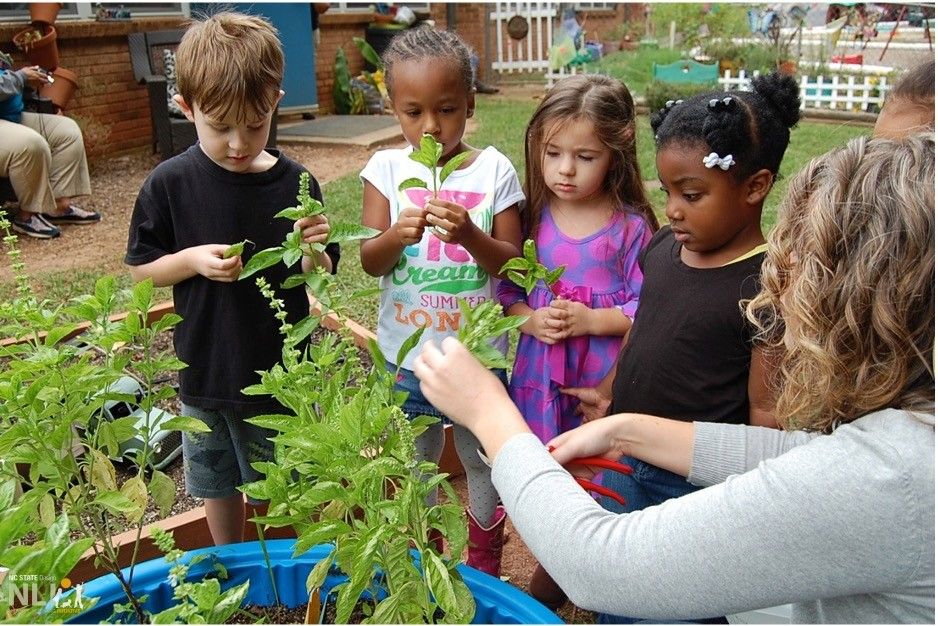Children’s Health & Nature Connectedness
New research articles about the declining health of U.S. children and the loss of “nature connectedness” in the U.K., simultaneously give cause for alarm but also validate growth of the children and nature movement, including NLI. Research conclusions motivate ramping up actions required for long-term system change to avoid an irreversible, interrelated decline in the health of Mother Earth and its human inhabitants.
The message to NLI Newsletter readers is clear: connect and collaborate in collective action, combining resources. Identify and focus on critical barriers blocking cultural and institutional changes necessary to achieve the nature-centric society required to avoid calamity.
Changes from NLI’s perspective include long-term biophilic city planning and design policy reform; child and family-centric residential neighborhoods, engineered for outdoor play and community relations first and cars second, built at optimum densities for interconnected natural space, co-designed by and for childhood playmates, including school grounds; childcare facilities designed as nature-based outdoor classrooms regulated and assessed as equivalent to indoor classrooms; residential streets designed as safe play spaces; school dropoff spots 2-3 blocks from school, connected by biophilic play and learning streets. These ideas are not new. Demonstrations exist in many countries around the world, including the U.S and U.K.
Massive professional development is required to help educate practitioners and retrack those in practice. They include public health professionals and policymakers; urban planning and design professionals; early childhood and K-12 formal and nonformal educators; community play, cultural development, and park and recreation professionals, and more, including citizen scientists of all ages assessing change.
Access to both articles, related commentary, conclusions and implications are offered below.
Trends in US Children’s Mortality, Chronic Conditions, Obesity, Functional Status, and Symptoms
Forrest, CB; Koenigsberg, LJ; Harvey, FE; Maltenfort, MG; Halfon, N. 2025. Trends in US Children’s Mortality, Chronic Conditions, Obesity, Functional Status, and Symptoms. JAMA 334(6): 509-516
PRIMARY TAKEAWAY: The health of US children has worsened across a wide range of health indicator domains over the past 17 years (2007-2023). The broad scope of this deterioration highlights the need to identify and address the root causes of this fundamental decline in the nation’s health.
Trends include rising mortality rates for children and adolescents, increased rates of chronic conditions, obesity, and symptoms like loneliness and sleep problems. Compared to other high-income nations, U.S. children have an 80% higher mortality rate, driven by causes such as firearm injuries, motor vehicle crashes, and infant mortality from prematurity and sudden unexpected infant death.
A sharp rise in chronic conditions includes anxiety, depression, eating disorders, autism spectrum disorder, and developmental disorders. Rates of childhood obesity have increased significantly, now affecting 20% of children. More children are reporting physical symptoms, poor sleep, limitations in activity and feelings of loneliness and sadness.
The study confirms what many in the medical and educational fields have observed: a growing systemic health crisis among U.S. children. The findings call for a national reckoning with the systemic and environmental factors contributing to these health declines.
The urgent need is for coordinated, cross-sector responses to reverse the negative trends by improving the “developmental ecosystems” that support children.
Interview with Chrisopher Forrest, lead author (National Public Radio, July 8, 2025).
Modelling Nature Connectedness Within Environmental Systems: Human-Nature Relationships from 1800 to 2020 and Beyond
Richardson, M. 2025. Modelling Nature Connectedness Within Environmental Systems: Human-Nature Relationships from 1800 to 2020 and Beyond. Earth 2025, 6, 82.
ABSTRACT
Amid global environmental changes, urbanisation erodes nature connectedness, an important driver of pro-environmental behaviours and human well-being, exacerbating human-made risks like biodiversity loss and climate change. This study introduces a novel hybrid agent-based model (ABM), calibrated with historical urbanisation data, to explore how urbanisation, opportunity and orientation to engage with nature, and intergenerational transmission have shaped nature connectedness over time. The model simulates historical trends (1800–2020) against target data, with projections extending to 2125.
The ABM revealed a significant nature connectedness decline with excellent fit to the target data, derived from nature words used in cultural products. Although a lifetime ‘extinction of experience’ mechanism refined the fit, intergenerational transmission emerged as the dominant driver—supporting a socio-ecological tipping point in human–nature disconnection. Even with transformative interventions like dramatic urban greening and enhanced nature engagement, projections suggest a persistent disconnection from nature through to 2050, highlighting locked-in risks to environmental stewardship.
After 2050, the most transformative interventions trigger a self-sustaining recovery, highlighting the need for sustained, systemic policies that embed nature connectedness into urban planning and education.
Finding Nature – Dr. Miles Richardson’s blog:
“Human connection to nature has declined 60% in 200 years, study finds” (Guardian newspaper story):

